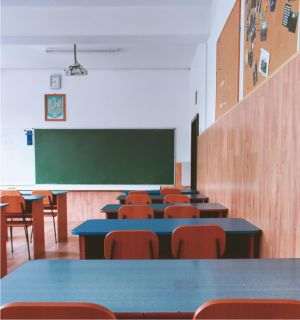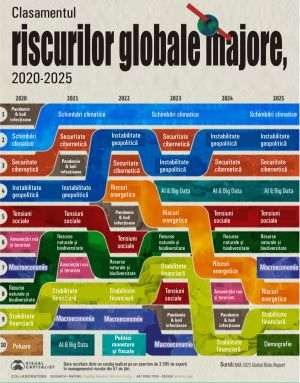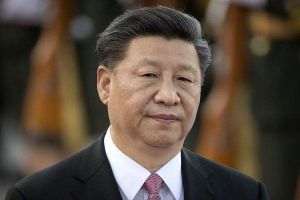The U.S. trade deficit with China narrowed last year to its lowest level since 2010, as imports from the Asian country fell by more than $100 billion compared to the previous year, according to Statista.
In fact, US imports from the world's largest exporter were even lower last year than in 2020, when they fell to $432 billion amid an ongoing trade war between the two countries and the disruptions caused by the Covid-19 pandemic.
According to the US Census Bureau, the deficit with China has fallen by more than 25% to $279 billion in 2023 as tensions - both economic and political - between the two economic superpowers have remained high. Amid these tensions, many US companies have tried to reduce their dependence on China by diversifying their supply chain or moving final assembly to other Asian countries.
On the other hand, Chinese platforms such as Temu, which ship in increasing quantities directly to American consumers, take advantage of the so-called de minimis exception, which allows packages worth less than $800 to enter without tariffs in the US, Statista notes. These shipments are not included in US trade data, meaning that actual US imports from China are higher than official data suggests.
• Russia and China have largely eliminated the dollar in their trade
Russia and China have managed to dispense with the US dollar in their bilateral commercial exchanges in a proportion of about 90%, the transactions being thus settled in their national currencies, the Russian Foreign Minister, Sergey Lavrov, said recently, quoted by the EFE agency.
"We practically managed to de-dollarize our bilateral trade relations. Currently, more than 90% of mutual transactions are carried out in national currencies," Lavrov said during a meeting with the leaders of Russian regions, held at the Russian Foreign Ministry, according to the TASS agency.
"Russian-Chinese commercial and economic relations are actively developing, despite the persistent attempts of the West to put sticks in our wheels", Lavrov emphasized, according to Agerpres.
Cooperation between the regions of the two countries is "an important factor for strengthening the multilateral set of our relations", and, after the lifting of the anti-COVID restrictions imposed by the Chinese authorities, "there is a sudden increase in trade between Russian regions and Chinese provinces". noted the Russian foreign minister.
• The EU wants to increase its food exports to China
European Agriculture Commissioner Janusz Wojciechowski says his goal is to increase agri-food exports to the world's second-largest economy and keep food above heightened trade tensions between China and the EU, according to Reuters.
"In food trade, there are no barriers for Chinese imports. My intention is to avoid, as much as possible, that agriculture is penalized for problems in other sectors, which can sometimes happen", said Janusz Wojciechowski.
Unlike sectors such as photovoltaic panels and new ecological vehicles, the European Union's agri-food sector recorded a surplus from trade with China. Also, compared to other sectors, free food trade remains "a very important tool to ensure food security everywhere", which is the reason why the Western sanctions imposed on Russia, after the invasion of Ukraine, were not applied to agri-food products, said commissioner Wojciechowski, according to Agerpres.
Last year, EU agri-food exports to China amounted to euro14.6 billion, down 8% compared to 2022, while EU imports from China fell by 15% to euro8.3 billion Of euro.
Wojciechowski assessed that there is room for increasing EU exports to China for a wide range of agri-food products, from poultry to pork, beef and even dairy products, a segment that is already at an advanced stage of penetration into China.
"We can see an expansion of the middle class of consumers who are looking for high quality food. This is a chance for European food producers to increase their exports", concluded the European official.














































